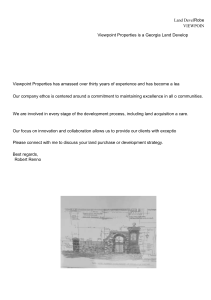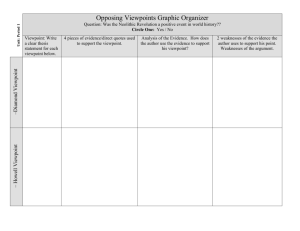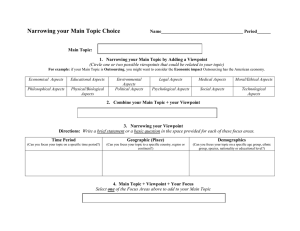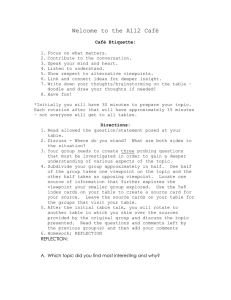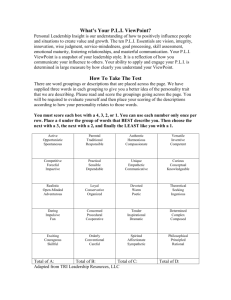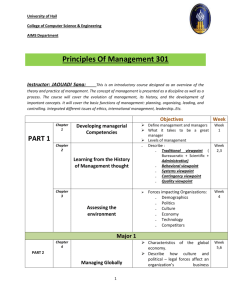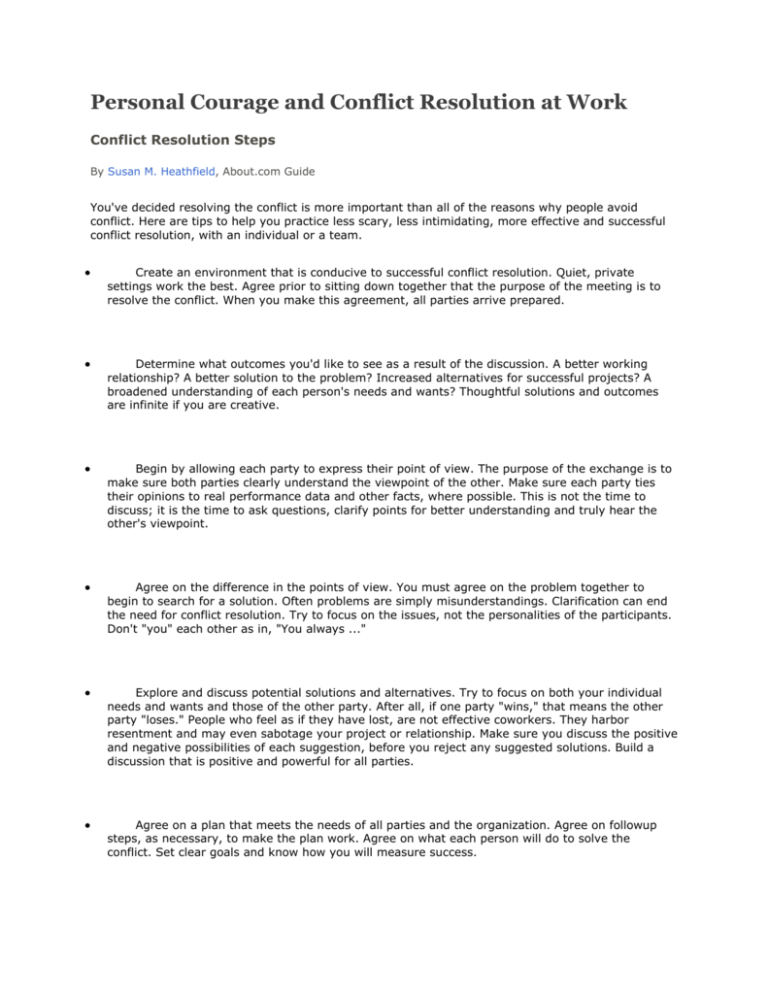
Personal Courage and Conflict Resolution at Work
Conflict Resolution Steps
By Susan M. Heathfield, About.com Guide
You've decided resolving the conflict is more important than all of the reasons why people avoid
conflict. Here are tips to help you practice less scary, less intimidating, more effective and successful
conflict resolution, with an individual or a team.
Create an environment that is conducive to successful conflict resolution. Quiet, private
settings work the best. Agree prior to sitting down together that the purpose of the meeting is to
resolve the conflict. When you make this agreement, all parties arrive prepared.
Determine what outcomes you'd like to see as a result of the discussion. A better working
relationship? A better solution to the problem? Increased alternatives for successful projects? A
broadened understanding of each person's needs and wants? Thoughtful solutions and outcomes
are infinite if you are creative.
Begin by allowing each party to express their point of view. The purpose of the exchange is to
make sure both parties clearly understand the viewpoint of the other. Make sure each party ties
their opinions to real performance data and other facts, where possible. This is not the time to
discuss; it is the time to ask questions, clarify points for better understanding and truly hear the
other's viewpoint.
Agree on the difference in the points of view. You must agree on the problem together to
begin to search for a solution. Often problems are simply misunderstandings. Clarification can end
the need for conflict resolution. Try to focus on the issues, not the personalities of the participants.
Don't "you" each other as in, "You always ..."
Explore and discuss potential solutions and alternatives. Try to focus on both your individual
needs and wants and those of the other party. After all, if one party "wins," that means the other
party "loses." People who feel as if they have lost, are not effective coworkers. They harbor
resentment and may even sabotage your project or relationship. Make sure you discuss the positive
and negative possibilities of each suggestion, before you reject any suggested solutions. Build a
discussion that is positive and powerful for all parties.
Agree on a plan that meets the needs of all parties and the organization. Agree on followup
steps, as necessary, to make the plan work. Agree on what each person will do to solve the
conflict. Set clear goals and know how you will measure success.
Do what you agreed to do.
With more experience in conflict resolution, you will grow more comfortable with conflict resolution.
That's a positive outcome for the workplace. It will foster idea generation, help people get along,
minimize negative behaviors and promote the success of all in placing their attention where it belongs
- on the customer.
©2011 About.com, Inc., a part of The New York Times Company. All rights reserved


